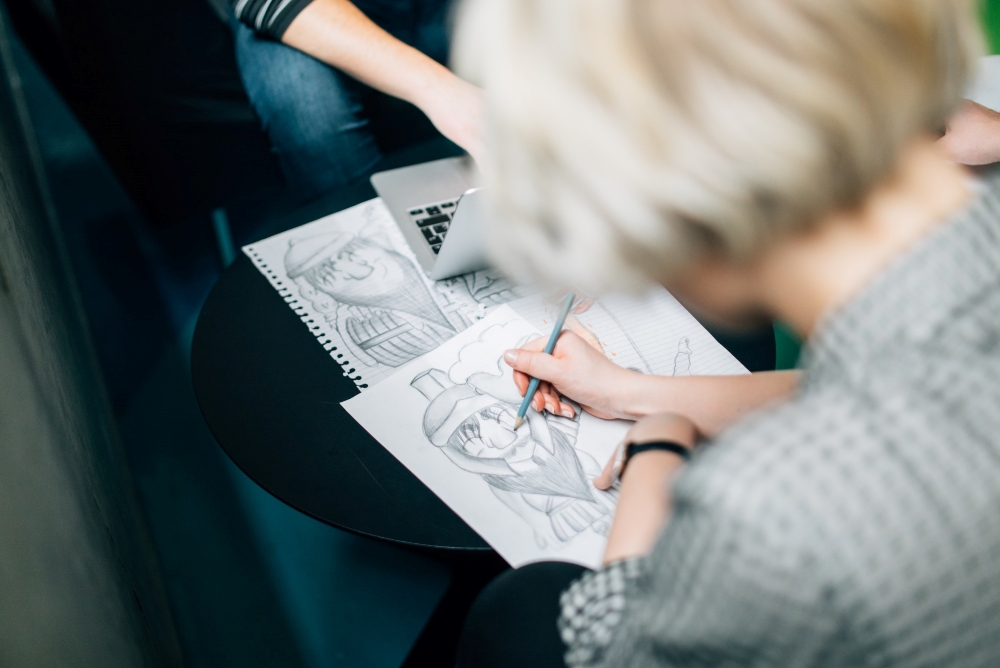In literary news we often see scandals of plagiarism:
As a topic that has been brought up to each and every one of us in school as morally unsound and academically criminal, why do we then so often see this issue in the publishing world—one that is centered around creativity, originality, and authenticity. Who, in a field that is so ripe for plagiaristic opportunities, is responsible for catching this act before that piece of writing is published—or republished, rather. Is it the author’s duty not to copy/paste or is it the publisher’s duty to make sure they are checking that the writing has not been recreated without credit before publishing it?
Like most ethical questions, it’s a large gray area, but I think the clearest answer is both. All parties involved are responsible for making sure plagiarized work gets stopped in its tracks. The author needs to make sure they are not stealing content and if borrowing from a source, must then cite that source properly in order for it to be clear to their readers where this information or work originally comes from. They need to make sure they are not taking credit for someone else’s work. This is the first opportunity to stop plagiarism. The next opportunity is with the editors and publishers. Though a level of trust would ideally be involved between authors and editors that the work being presented is the author’s own, it is always important to check the content that is being put out for the sake of all involved: the editors, the publishers, the writers, and the original creator of the content. It’s part of the publisher’s job to make sure what they are putting out does not infringe upon other creators and their hard work. In this way, there should be many moments in which a piece of work is being checked for plagiarism so that it doesn’t slip through the cracks. However, just as we have seen in the sources above, that doesn’t always happen. Sometimes plagiarized work slips through the cracks. So, how can we do a better job of preventing this?
To help stop plagiarism, the first thing to do is understand what it is. Plagiarism is taking someone else’s words or ideas and passing them off as your own (Merriam-Webster). This can look like a word-for-word recreation or paraphrasing. Even though it has been reworded, if the message is the same, the idea has been stolen. Once you have cited your source though, you are no longer plagiarizing. All it takes is one quick line with the original creator’s name, even a small parenthetical or the added use of quotation marks, to communicate to your readers the origins of this idea and to clarify that you are not taking credit for it.
For publishers, fact-checking is a fundamental part of the job and there’s even the option to hire a fact-checker who specializes in just that. There are also plagiarism checkers available such as with Grammarly, PlagiarismDetector.net, or more refined options to help speed up the process by using algorithms and databases. We have lots of technology to help us, especially with the internet being so expansive, and it can feel like finding an exceptionally small needle in a very large and ever expanding haystack.
Lastly, a good rule to help better understand when you no longer need to worry about plagiarizing is the common rule that if the information can be found in three or more sources, then we can consider it common knowledge. However, when in doubt, it is always safer to cite your source just to be careful. An extra added line on where you got your knowledge never hurts.
Plagiarism won’t completely stop unfortunately. However, we can hold others accountable when they plagiarize, educate them so they know how not to do it to begin with, and be sure to always double check the work before presenting it as our own.

